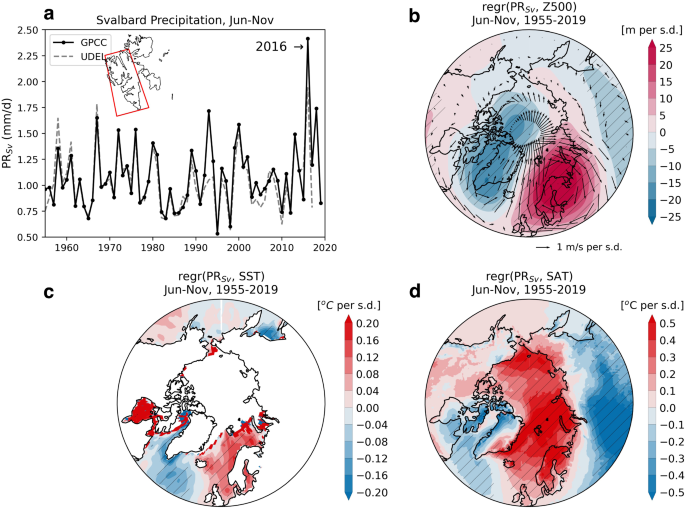2024-06-03 ペンシルベニア州立大学(PennState)
◆研究者らは、ミツバチを弱らせ、病気を広める可能性のある小さな寄生虫であるミツバチヘギイタダニに対する複数の治療法を組み合わせた養蜂家は、1種類の治療法のみを使用した養蜂家よりも冬のコロニーの生存率が高いことを発見した。この研究結果は、Journal of Insect Scienceに掲載された。
<関連情報>
- https://www.psu.edu/news/agricultural-sciences/story/combining-pest-treatments-may-be-key-helping-honey-bees-survive-winter/
- https://academic.oup.com/jinsectscience/article/24/3/15/7683872?login=false
効果的な害虫管理アプローチにより、小規模の定置養蜂場における様々な気象条件下でのミツバチ(Apis mellifera)のコロニーの冬期損失を軽減することができる Effective pest management approaches can mitigate honey bee (Apis mellifera) colony winter loss across a range of weather conditions in small-scale, stationary apiaries
Darcy Gray, Sarah Goslee, Melanie Kammerer, Christina M Grozinger
Journal of Insect Science Published:28 May 2024
DOI:https://doi.org/10.1093/jisesa/ieae043

Abstract
Managed honey bee (Apis mellifera L.) colonies in North America and Europe have experienced high losses in recent years, which have been linked to weather conditions, lack of quality forage, and high parasite loads, particularly the obligate brood parasite, Varroa destructor. These factors may interact at various scales to have compounding effects on honey bee health, but few studies have been able to simultaneously investigate the effects of weather conditions, landscape factors, and management of parasites. We analyzed a dataset of 3,210 survey responses from beekeepers in Pennsylvania from 2017 to 2022 and combined these with remotely sensed weather variables and novel datasets about seasonal forage availability into a Random Forest model to investigate drivers of winter loss. We found that beekeepers who used treatment against Varroa had higher colony survival than those who did not treat. Moreover, beekeepers who used multiple types of Varroa treatment had higher colony survival rates than those who used 1 type of treatment. Our models found weather conditions are strongly associated with survival, but multiple-treatment type colonies had higher survival across a broader range of climate conditions. These findings suggest that the integrated pest management approach of combining treatment types can potentially buffer managed honey bee colonies from adverse weather conditions.



